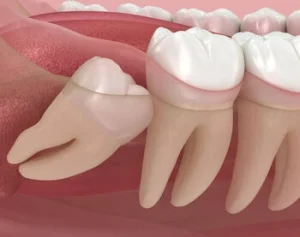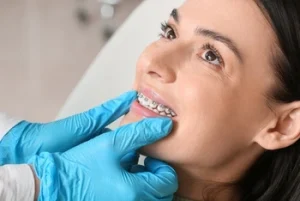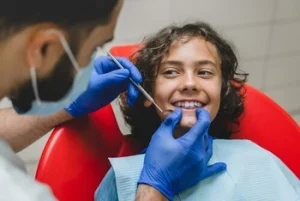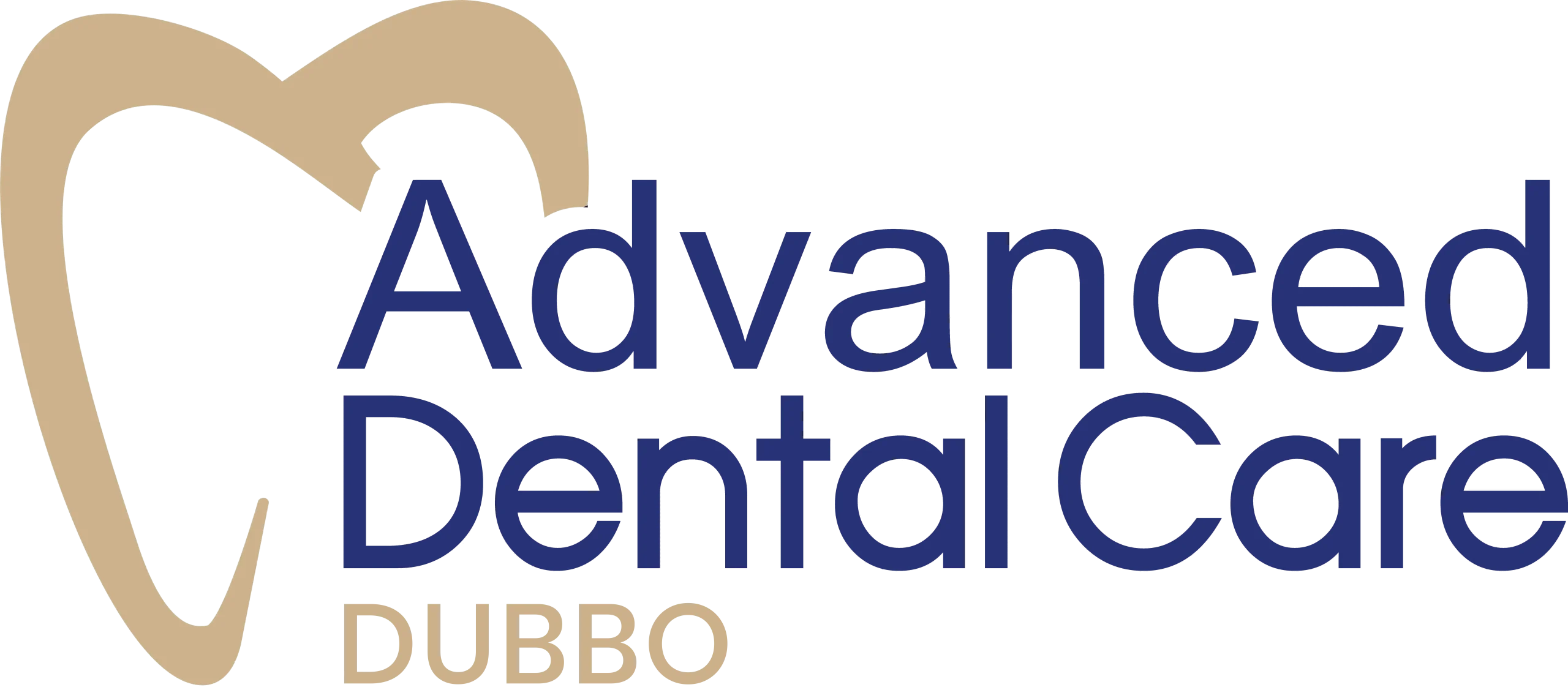Having crooked teeth is more common than you might think. Whether caused by genetics, habits like prolonged thumb sucking, or factors such as tooth loss or crowding, misaligned teeth can affect much more than just how your smile looks. They can impact oral health, digestion, speech, self-esteem, and even the way your jaw muscles function. The good news is that there are effective ways on how to fix crooked teeth at any age. With the right treatment, you can achieve straight teeth, enhance confidence, and improve overall health.
In this guide, we’ll explore why crooked or misaligned teeth occur, how they can affect your health, and the most effective treatment options to fix them.
Why Teeth Become Crooked in the First Place
Understanding why teeth become misaligned is the first step to finding the right way to correct them. Crooked teeth can develop for many reasons, often starting in childhood and continuing into adulthood.
Common Causes of Crooked Teeth
- Genetics: You may inherit similar dental traits if your parents had misaligned teeth or a small jaw size.
- Prolonged thumb sucking or dummy use: These habits can put pressure on developing baby teeth and cause them to shift.
- Early loss of baby teeth: When primary teeth fall out sooner than they should, adult teeth may come in misaligned or in the wrong position.
- Missing tooth: When a single tooth is lost, the others may shift into the empty space, leading to crooked permanent teeth.
- Teeth grinding: Persistent grinding can gradually wear down the teeth, shift their alignment, and place added strain on the jaw.
- Facial injury: Trauma to the mouth can displace teeth or affect the alignment of upper and lower teeth.
- Wisdom teeth: Late-erupting wisdom teeth can crowd other teeth, pushing them out of alignment.
Even processed food and modern diets can contribute to crooked teeth by reducing the need for vigorous chewing, which helps develop jaw size and strength.
Why Straightening Crooked Teeth Is More Important Than You Think
Crooked teeth go beyond affecting your appearance. If not treated, they can contribute to several oral health problems and may even influence your overall health.
Health Problems Linked to Misaligned Teeth
- Oral hygiene challenges: Overlapping teeth make it harder to clean between them, increasing the risk of tooth decay and gum disease.
- Periodontal disease: Misaligned teeth can trap plaque and bacteria, leading to periodontal disease if not managed properly.
- Speech difficulties: Severe misalignment can affect speech patterns and pronunciation.
- Jaw strain: An uneven bite caused by crooked teeth can place extra pressure on the jaw muscles and lead to joint misalignment.
- Wear and tear: Teeth that don’t meet properly can wear unevenly, causing premature wear and excess wear on certain teeth.
- Digestion problems: Improper chewing due to crooked teeth can affect digestion.
- Self-esteem issues: Crooked teeth can make many people feel less confident, impacting how they interact in both social and professional situations.
Correcting crooked teeth can improve oral health, restore normal function, and significantly boost self-esteem.
Your Guide to the Most Effective Ways to Fix Crooked Teeth
There’s no one-size-fits-all approach to fixing crooked teeth. The most suitable solution depends on your age, the severity of the misalignment, and your specific oral health needs. Below are the most common and effective treatment options available today.
Traditional Braces: A Time-Tested Solution
Traditional metal braces are one of the most common ways to straighten teeth, especially for severe crooked or misaligned teeth cases. They use metal brackets and wires to gently move the teeth into their correct position over time.
- Recommended for: Moderate to severe misalignment, overlapping teeth, crowded teeth, or a misaligned jaw.
- Advantages: Highly effective, precise, and suitable for all ages.
- Considerations: Regular adjustments and good oral hygiene are required to prevent plaque build-up.
Ceramic braces are a less noticeable alternative. They function much like traditional metal braces but feature tooth-coloured brackets that are less noticeable and blend naturally with your teeth.
Lingual Braces: Hidden but Effective
Lingual braces are similar to traditional braces but are fixed to the back of the teeth, making them virtually invisible from the front. They are ideal for people who want a discreet option without compromising on results.
- Recommended for: People who want invisible treatment for crooked teeth.
- Advantages: Effective and hidden from view.
- Considerations: They can be harder to clean and may initially affect speech.
Clear Aligners: A Modern and Comfortable Alternative
Clear aligners, such as Invisalign treatment, are a favourable choice for adults and teens who want to fix crooked teeth without metal brackets. These removable, custom-made clear plastic aligners gently move teeth into place.
- Recommended for: Mild to moderate misalignment, slightly crooked teeth, or overlapping teeth.
- Advantages: Nearly invisible, removable, and comfortable.
- Considerations: It requires commitment, as the aligners need to be worn for 20 to 22 hours each day to achieve the most satisfactory results.
Removable aligners are also easier to clean and allow you to maintain good oral hygiene during treatment.
Orthodontic Treatment for Children
 For children, early orthodontic treatment can prevent more serious problems later. Monitoring a child’s teeth as baby teeth fall out and adult teeth emerge is crucial. A skilful dentist may recommend early intervention to guide teeth into the correct position and address issues like prolonged thumb sucking or upper teeth overlap.
For children, early orthodontic treatment can prevent more serious problems later. Monitoring a child’s teeth as baby teeth fall out and adult teeth emerge is crucial. A skilful dentist may recommend early intervention to guide teeth into the correct position and address issues like prolonged thumb sucking or upper teeth overlap.
- Recommended for: Children with developing alignment issues or jaw size discrepancies.
- Advantages: Can reduce the need for extensive treatment later.
- Considerations: Early assessment is key to success.
Dental Veneers or Bonding: Cosmetic Fixes for Mild Crookedness
If your teeth are only slightly crooked and don’t require orthodontic treatment, cosmetic options like composite resin bonding or veneers can improve their appearance.
- Recommended for: Slightly crooked teeth or small gaps.
- Advantages: Quick results and improved appearance.
- Considerations: These options don’t correct the underlying alignment and are only useful for cosmetic purposes.
Oral Surgery for Severe Cases
In rare cases, crooked teeth are caused by significant jaw size discrepancies or severe misaligned jaw problems. In these cases, oral surgery may be required to reposition the jaw and enable the teeth to align correctly.
- Recommended for: Severe misalignment caused by skeletal issues.
- Advantages: Can correct bite and alignment issues that braces alone cannot fix.
- Considerations: Surgery involves more risk and recovery time.
Keeping Your Teeth Straight After Treatment
Once you straighten crooked teeth, preventing them from shifting back is important. Retainers are often prescribed after orthodontic treatment to keep your teeth in their new position. Maintaining good oral hygiene, attending regular dental check-ups, and avoiding habits like teeth grinding will help preserve your results.
Bringing It All Together: Your Path to a Straighter, Healthier Smile
 Learning how to fix crooked teeth is more than just an investment in your smile. It’s a step toward better oral health, improved function, and enhanced self-esteem. Whether you choose traditional braces, clear aligners, cosmetic treatments, or oral surgery, there’s a solution to suit every need and lifestyle. Seeing a dental professional is the most effective way to explore your treatment options and develop a plan suited to your individual needs.
Learning how to fix crooked teeth is more than just an investment in your smile. It’s a step toward better oral health, improved function, and enhanced self-esteem. Whether you choose traditional braces, clear aligners, cosmetic treatments, or oral surgery, there’s a solution to suit every need and lifestyle. Seeing a dental professional is the most effective way to explore your treatment options and develop a plan suited to your individual needs.
Crooked teeth don’t have to define your smile. With the right approach, you can straighten teeth, prevent oral health issues, and enjoy the confidence of a healthy, beautifully aligned smile.
To learn more about your options and start your journey toward a straighter, healthier smile, contact Advanced Dental Care at (02) 6188 7103.
References
Cleveland Clinic. (n.d.). Malocclusion (Misaligned Bite): Types & Treatment. https://my.clevelandclinic.org/health/diseases/22010-malocclusion
Mayo Clinic Staff. (2023, November 30). Cavities and tooth decay: Symptoms & causes. Mayo Clinic. https://www.mayoclinic.org/diseases-conditions/cavities/symptoms-causes/syc-20352892
Stanborough, R. J. (2019, June 17). Lingual Braces: The Upside and Downside of Braces on the Back Side. Healthline. https://www.healthline.com/health/lingual-braces-2
Colgate. (n.d.). Oral Hygiene Basics: What is good oral hygiene. https://www.colgate.com/en-us/oral-health/adult-oral-care/what-is-good-oral-hygiene







